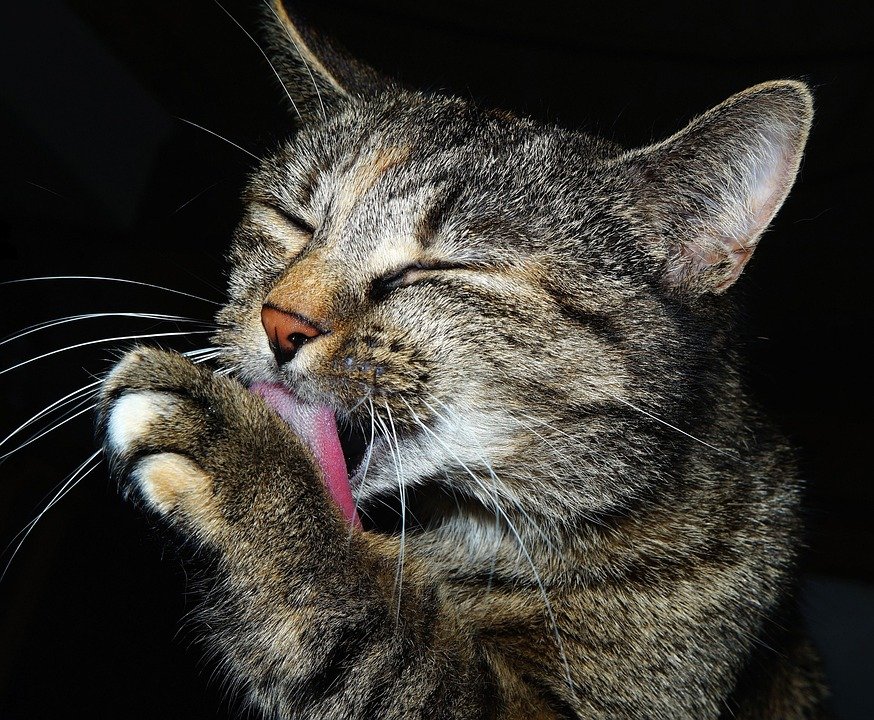
Introduction
Cats are known for their fastidious grooming habits, often spending a significant portion of their day cleaning themselves. However, even the most diligent feline needs a little help from their human companions to maintain optimal hygiene, especially indoor cats who might not experience the natural wear and tear that outdoor environments provide. This article delves into essential grooming tips to keep your indoor cat clean, healthy, and comfortable.
Understanding Your Indoor Cat’s Grooming Needs
Indoor cats, while protected from many outdoor dangers, still need regular grooming to ensure their well-being. Without the natural elements to aid in grooming, such as rough surfaces to help with nail trimming or exposure to natural sunlight for fur health, indoor cats rely on their owners to fill in these gaps. Grooming isn’t just about cleanliness; it’s a bonding activity that strengthens the relationship between you and your feline friend.
Benefits of Regular Grooming
1. **Maintaining Coat Health**: Regular grooming helps distribute natural oils throughout your cat’s coat, reducing the risk of matting and enhancing shine.
2. **Reducing Shedding and Hairballs**: By frequently brushing your cat, you can significantly reduce shedding and the formation of hairballs. This is particularly important for long-haired breeds.
3. **Monitoring Health**: Grooming sessions allow you to check for abnormalities such as lumps, bumps, or parasites. Early detection of health issues can be crucial.
4. **Preventing Skin Problems**: Regular grooming can help prevent skin infections and irritations by keeping the fur clean and free of dirt and debris.
Essential Grooming Tools
Before diving into grooming techniques, it’s important to have the right tools on hand. Here’s a list of essential grooming tools for indoor cats:
– **Brushes and Combs**: A slicker brush is excellent for removing loose fur and detangling, while a fine-toothed comb can help with more delicate areas.
– **Nail Clippers**: Designed specifically for cats, these ensure a clean cut without splitting the nails.
– **Cat Toothbrush and Toothpaste**: Dental hygiene is crucial for cats, and using a cat-specific toothbrush and toothpaste can help prevent oral diseases.
– **Ear Cleaning Solution**: Specially formulated solutions can help remove wax and debris from your cat’s ears.
– **Microfiber Cloth or Pet Wipes**: Useful for spot-cleaning your cat’s fur or paws.
Brushing Your Cat
Brushing is perhaps the most critical aspect of grooming, especially for long-haired indoor cats. Here’s how to do it effectively:
Choosing the Right Brush
Different cats require different brushes. Short-haired cats benefit from rubber brushes that help remove dead fur, while long-haired cats need slicker brushes to tackle tangles and mats. A gentle approach is key, as cats have sensitive skin.
Brushing Technique
– **Start Slowly**: Begin with short, gentle strokes to get your cat accustomed to the sensation. Gradually increase the duration as your cat becomes more comfortable.
– **Focus on Common Trouble Spots**: Pay special attention to areas prone to matting, such as behind the ears, under the legs, and around the tail.
– **Brush Regularly**: Aim to brush your cat at least once a week, or more frequently for long-haired breeds.
Trimming Your Cat’s Nails
Indoor cats’ nails can grow long and sharp, as they lack natural surfaces to wear them down. Regular nail trimming is crucial to prevent discomfort or injury to both the cat and its human companions.
Tips for Nail Trimming
– **Acclimate Your Cat**: Before trimming, handle your cat’s paws regularly to get them used to the sensation.
– **Use Proper Technique**: Hold the paw gently and press the pad to extend the claw. Trim only the sharp tip, avoiding the quick, which is the pink area containing nerves and blood vessels.
– **Stay Calm and Patient**: Trim one or two nails at a time if your cat is anxious, praising them and offering treats for good behavior.
Dental Care for Indoor Cats
Dental hygiene is often overlooked but is vital for your cat’s overall health. Poor dental care can lead to gum disease, tooth loss, and other serious health issues.
Brushing Your Cat’s Teeth
– **Introduce Gradually**: Start by letting your cat taste the toothpaste, then gently rub it on their teeth with your finger before introducing the brush.
– **Use a Cat-Specific Toothbrush**: These brushes are designed to fit comfortably in a cat’s mouth.
– **Consistency is Key**: Aim to brush your cat’s teeth several times a week to maintain good oral health.
Cleaning Your Cat’s Ears
Ear cleaning is another essential aspect of grooming, as ear infections can occur if wax and debris accumulate.
Steps for Cleaning Ears
– **Use a Vet-Approved Solution**: Pour a few drops of ear cleaning solution onto a cotton ball.
– **Gently Wipe the Ear**: Clean only the visible part of the ear, avoiding deep insertion to prevent injury.
– **Monitor for Issues**: Regular cleaning helps you spot signs of infection, such as redness or an unpleasant odor.
Bathing Your Indoor Cat
Unlike their canine counterparts, cats generally do not require frequent baths. However, occasional bathing may be necessary for certain cats, especially if they have gotten into something sticky or harmful.
When and How to Bathe Your Cat
– **Assess the Need**: Most cats can go without bathing for months, but if they have skin conditions or are exceptionally dirty, a bath may be warranted.
– **Choose Cat-Safe Products**: Use a shampoo formulated for cats to prevent skin irritation.
– **Keep Calm**: Prepare everything in advance, and speak soothingly to your cat throughout the process to keep them calm.
Conclusion
Indoor cats rely on their human companions for much of their grooming routine. By regularly brushing, trimming nails, cleaning ears, maintaining dental hygiene, and occasionally bathing your cat, you help ensure their health and happiness. Grooming is more than just a chore; it’s an opportunity to bond with your cat and monitor their health closely. With the right tools and techniques, you can keep your indoor cat clean, comfortable, and content, fostering a happy and healthy environment for your cherished feline friend.






